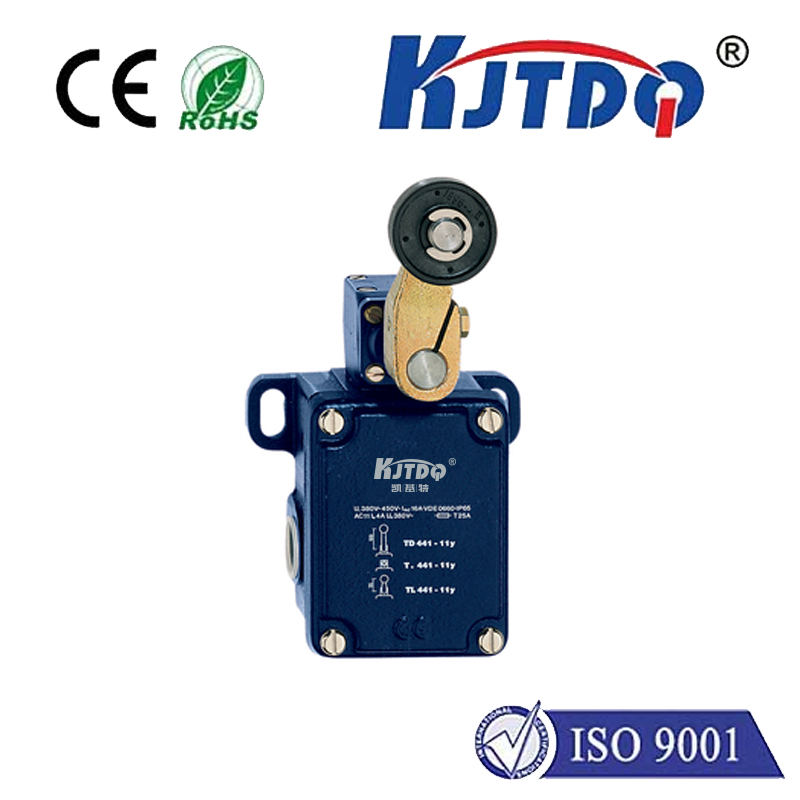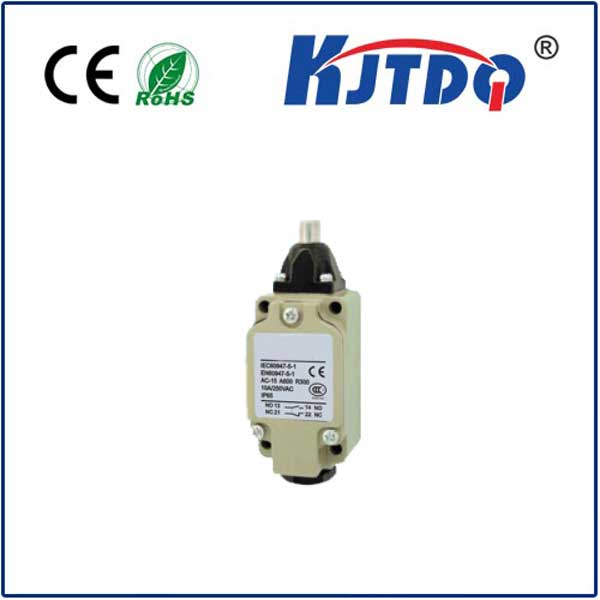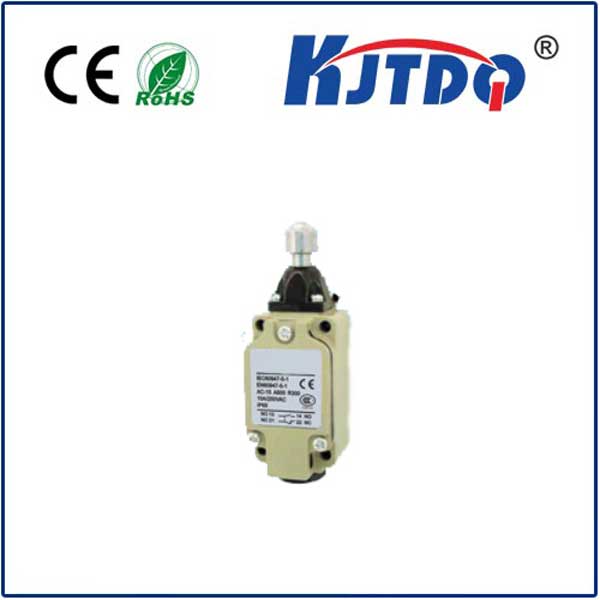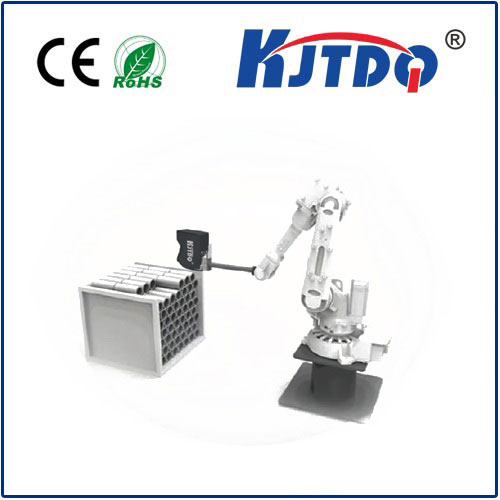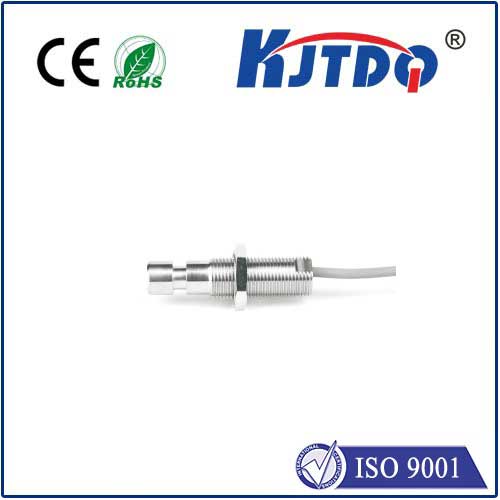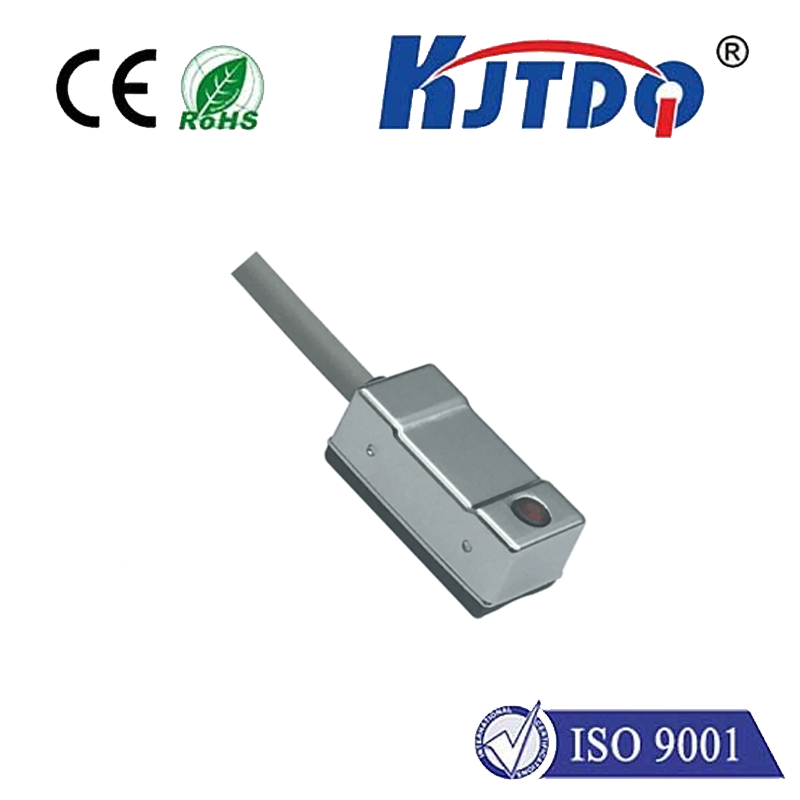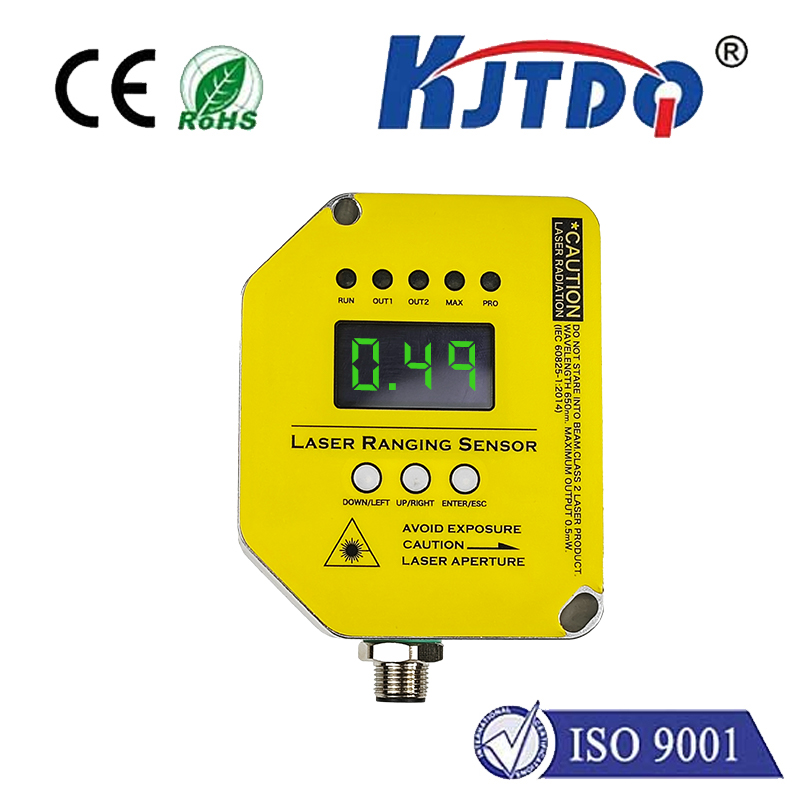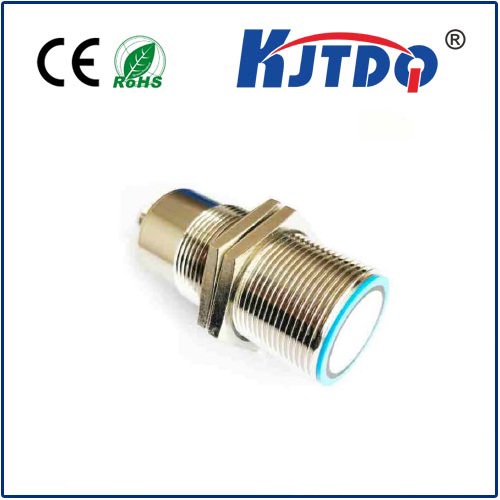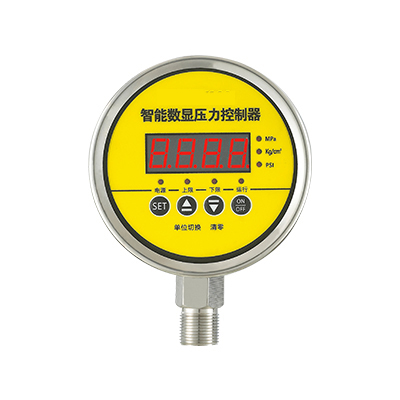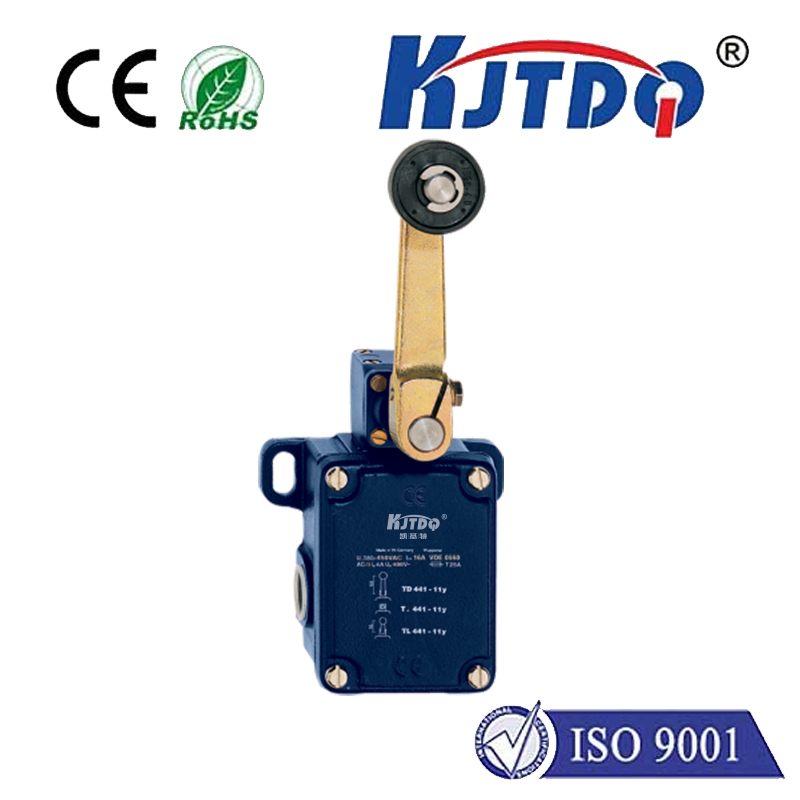
check

check

check

check
Limiting Switch Costs: Strategies for Efficient Operations
The cost of switches in industrial operations can add up quickly, impacting overall profitability. However, with the right strategies in place, these costs can be effectively managed and minimized. In this article, we will explore some key tactics for limiting switch costs and ensuring efficient operations.
1. Choose the Right Type of Switch
The first step in reducing switch costs is to select the appropriate type of switch for your application. There are various types of switches available, each with its own advantages and disadvantages. For example, limit switches are ideal for detecting the presence or absence of an object, while proximity switches are better suited for monitoring distances. By choosing the right type of switch, you can avoid unnecessary expenses and ensure that your system operates at peak efficiency.

2. Invest in High-Quality Switches
While it may be tempting to opt for cheaper switches, investing in high-quality ones can actually save you money in the long run. High-quality switches are more reliable and durable, reducing the likelihood of downtime and repair costs. Additionally, they often come with warranties, providing additional protection against unexpected failures. By prioritizing quality over price, you can maximize your return on investment and minimize switch costs over time.
3. Optimize Switch Placement
Proper placement of switches is crucial for minimizing costs and maximizing efficiency. When switches are placed too close together, they can interfere with each other's signals, leading to false readings and reduced accuracy. On the other hand, placing them too far apart can result in missed detections and increased downtime. To optimize switch placement, consider factors such as the size and shape of the objects being detected, as well as the environment in which the switches will operate. By taking a thoughtful approach to placement, you can ensure that your switches perform reliably and efficiently, without unnecessary expense.
4. Implement Maintenance Programs
Regular maintenance is essential for keeping switch costs low. By performing routine checks and cleanings, you can identify potential issues before they become major problems, reducing downtime and repair costs. Additionally, regular maintenance helps to extend the lifespan of your switches, further reducing replacement costs over time. To implement an effective maintenance program, establish a schedule for regular inspections and cleanings, and train employees on proper maintenance techniques.
5. Consider Alternative Technologies
In some cases, alternative technologies may offer a more cost-effective solution than traditional switches. For example, sensors or cameras can be used to monitor equipment without the need for physical contact. While these technologies may require a larger initial investment, they can provide significant long-term savings by reducing maintenance and replacement costs. Before committing to any alternative technology, carefully evaluate its potential benefits and drawbacks relative to your specific needs and budget.
In conclusion, limiting switch costs requires a multifaceted approach that includes careful selection of the right type of switch, investment in high-quality products, optimization of switch placement, implementation of regular maintenance programs, and consideration of alternative technologies where appropriate. By adopting these strategies, businesses can minimize their switch-related expenses and achieve greater operational efficiency and profitability.
